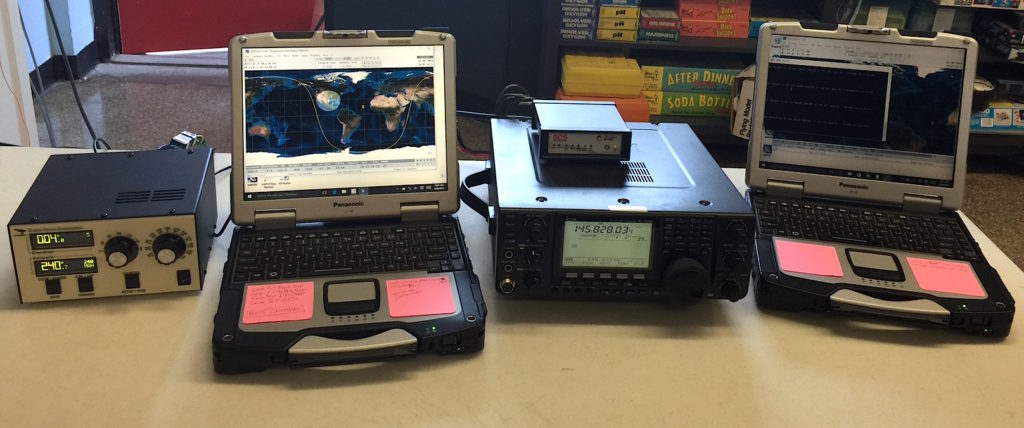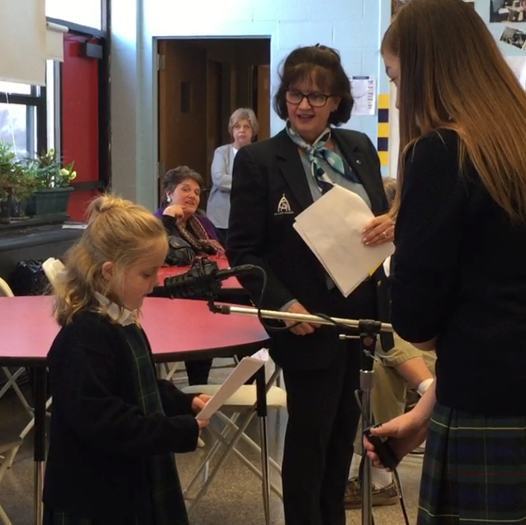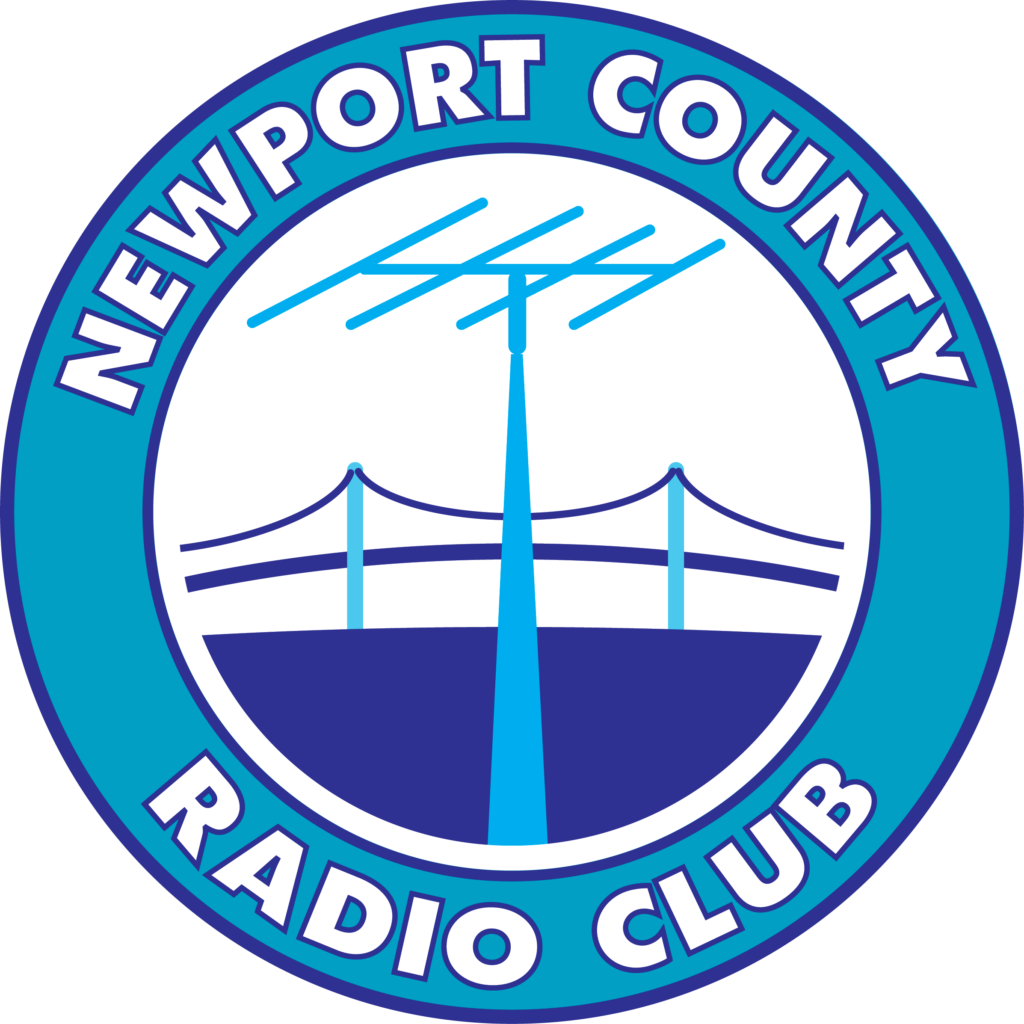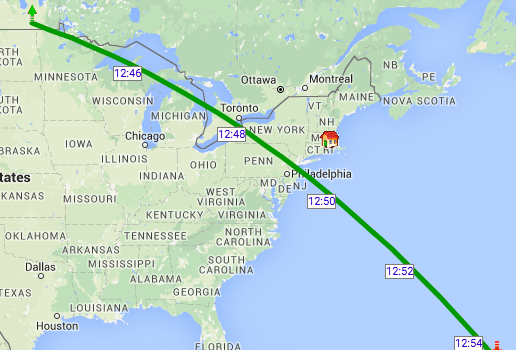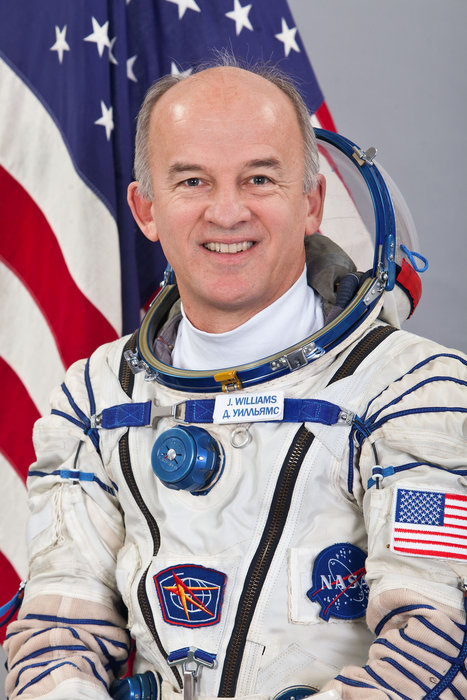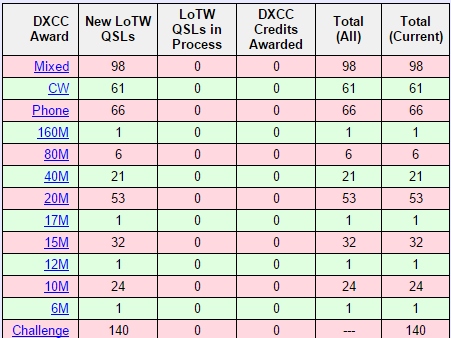Today was another ARISS Practice Session for the RF-Crew, plus our first opportunity to do walkthroughs with the kids asking their questions.
From beginning to end, all the inside RF gear took 31 minutes for one person to set up, which meant that things were ready to go about 15 minutes before a 10:03 AM pass. The primary and backup doppler computers were set up as the Doppler and Tracking PC. That worked well, the only glitch, which we have seen before, is that the Green Heron middleware tracking software (listens to the SatPC32 DDE Server and talks to the USB ports) had to be shut down and restarted to have it start sending commands to the rotor box, even though it was already communicating with the rotor controller.
We had 100% packet coverage for 6.5 minutes of the pass (47 degree max elevation — about what we can expect next Friday). That corresponded to a 20 degree elevation when rising, and 8 degree elevation when setting. But we could tell the ISS was hearing us (much more ERP on our end) pretty much from horizon to horizon. Since packet requires a higher S/N level, I suspect this means we will have about 8 minutes of good quality audio next Friday.
We did some testing of the antenna array polarity switch and found that no current was being drawn, initially feeling that indicated the switch or cable wasn’t working. However it dawned on us that an isolated power supply was being used, and it was not tied to the power supply running the radio. Therefore there was no ground return through the coax. This Saturday we will power it from the radio supply.
The photo above shows the gear in use. From left to right: Green Heron Az/El Rotor Controller, Laptop controlling rotor, Icom IC-9100 Transceiver, SCS DR-7400 packet modem (on top of rig), Laptop controlling Doppler.
From about 10:30 AM on, the focus switched to a live walkthrough with the kids asking their questions using the on-air mic and PTT switch. Things went very well with that, and there was the time to cycle all the kids through twice. If we were lucky enough have horizon to horizon communication, I am sure we would get through all the questions, but no doubt some of the kids won’t get a chance to ask their questions before the pass window closes.

